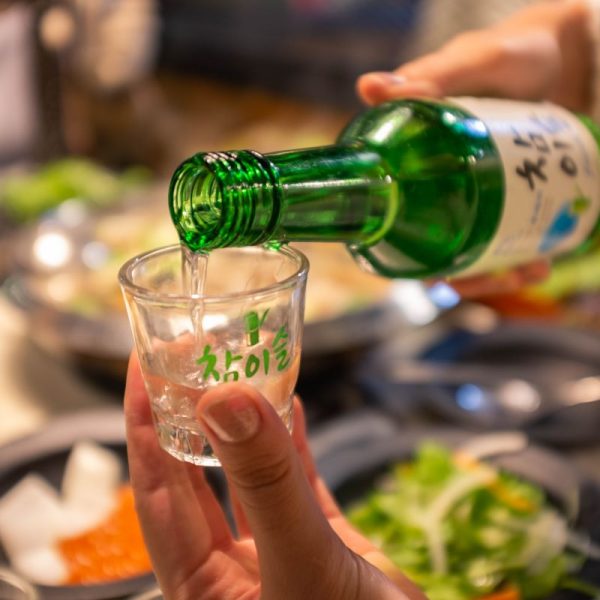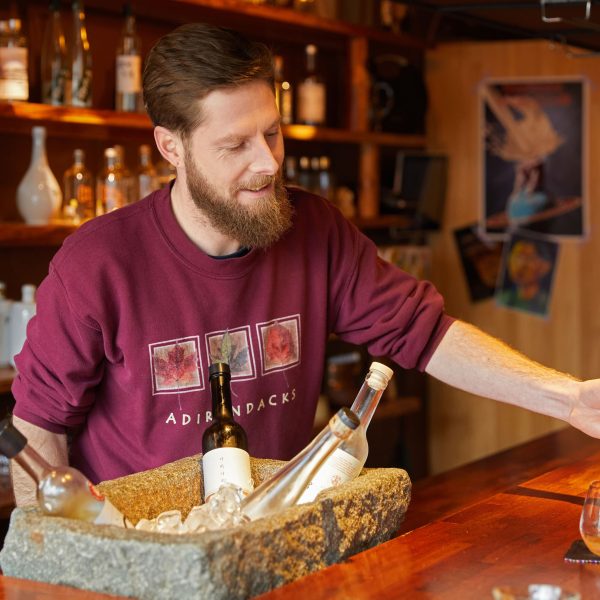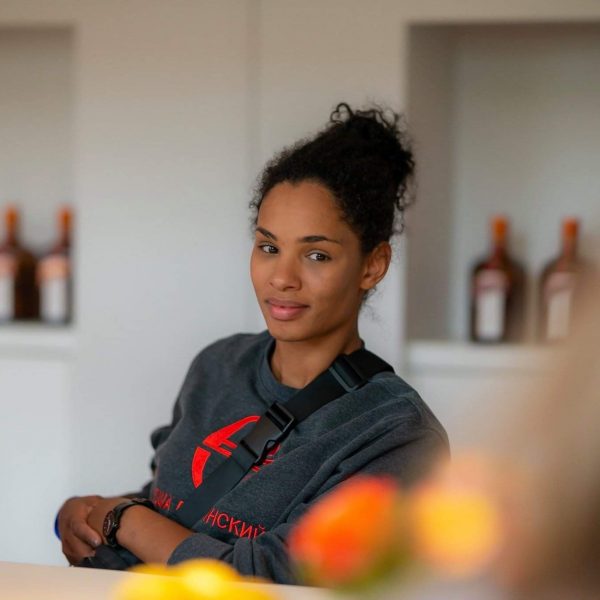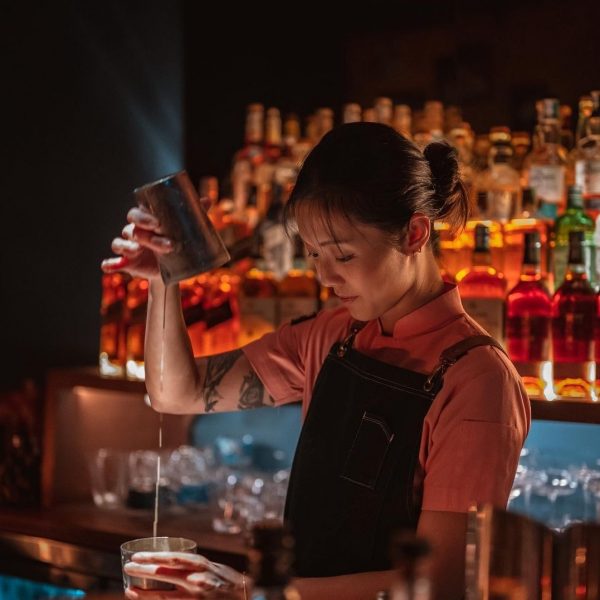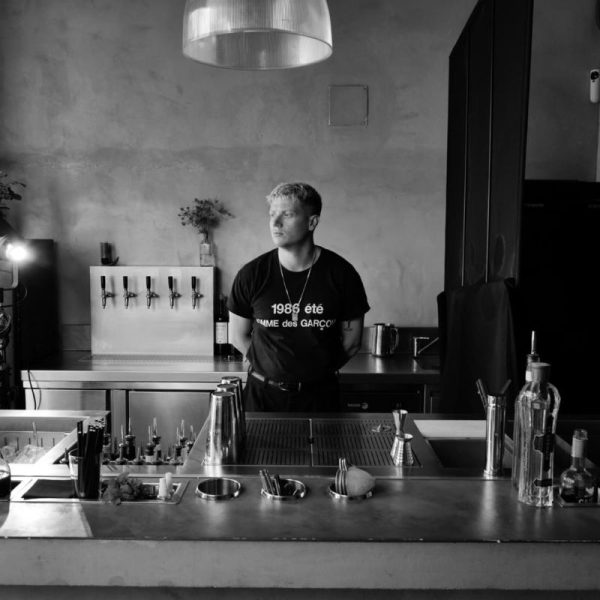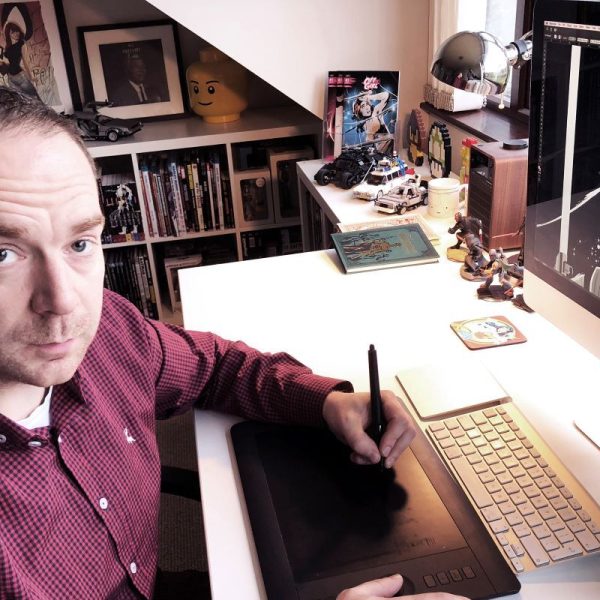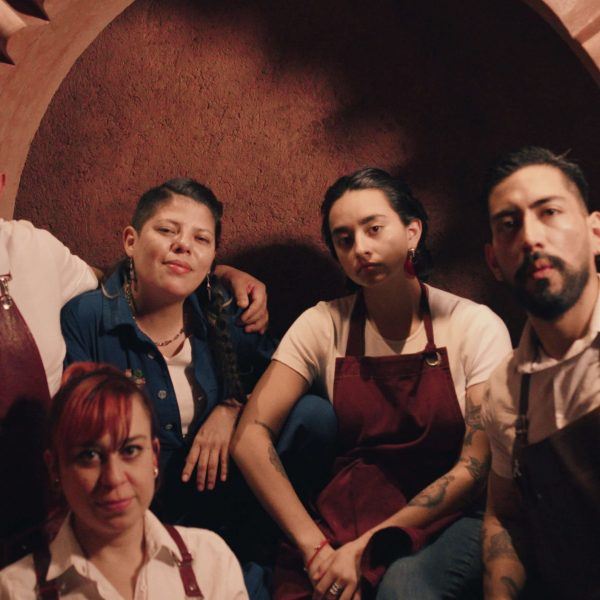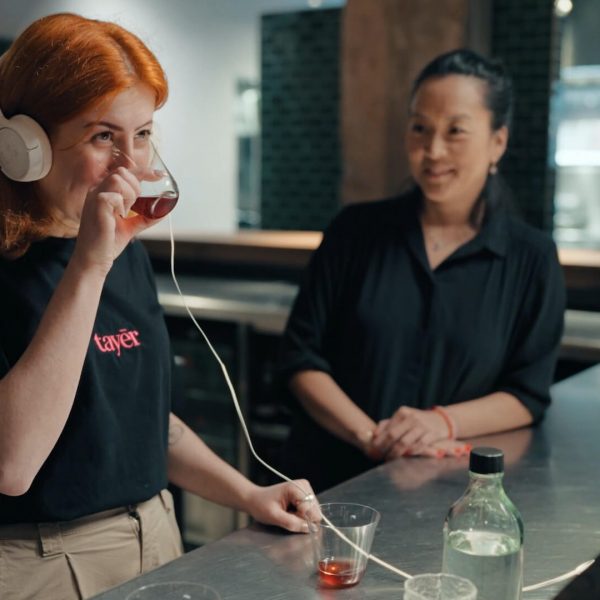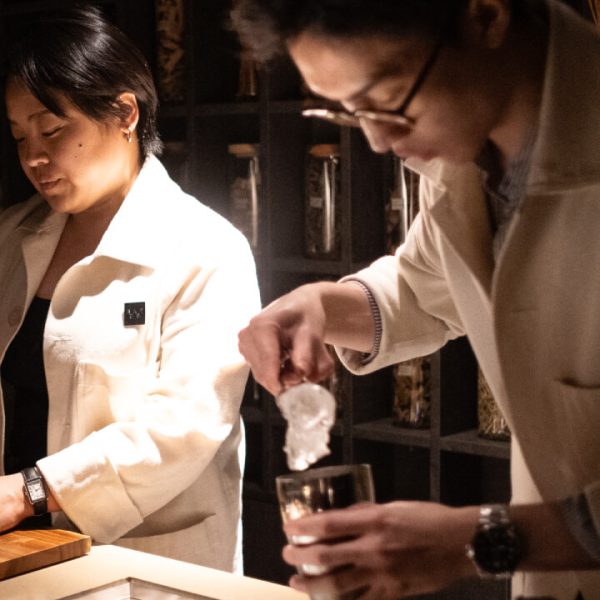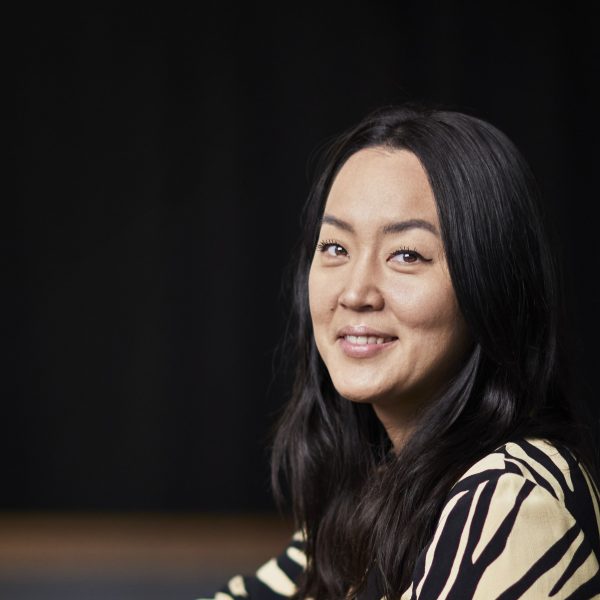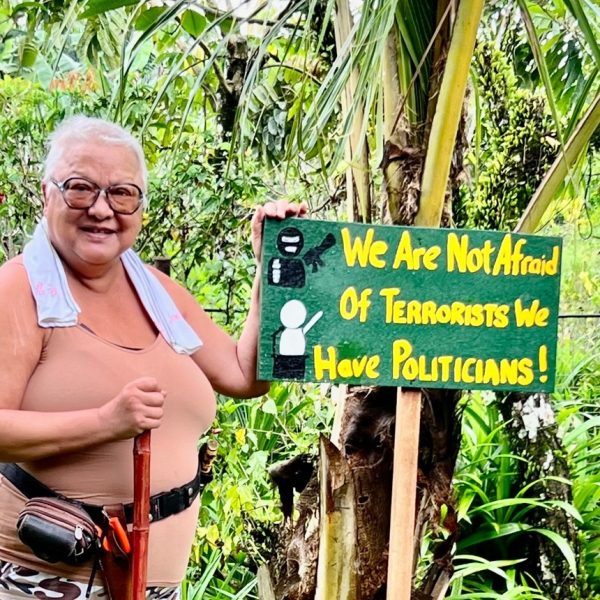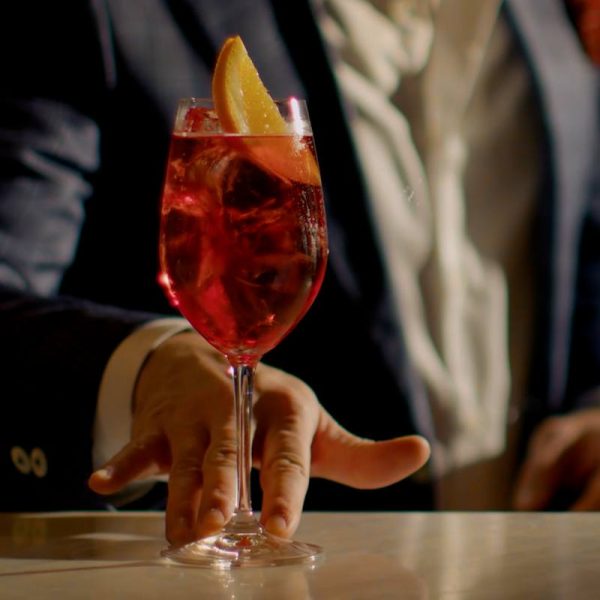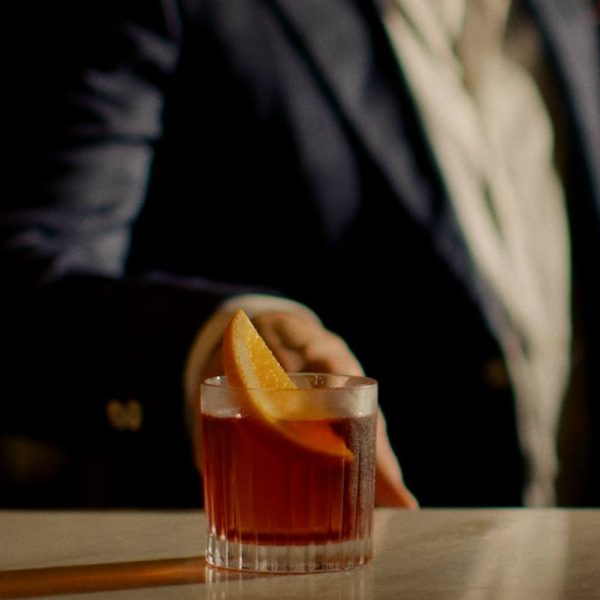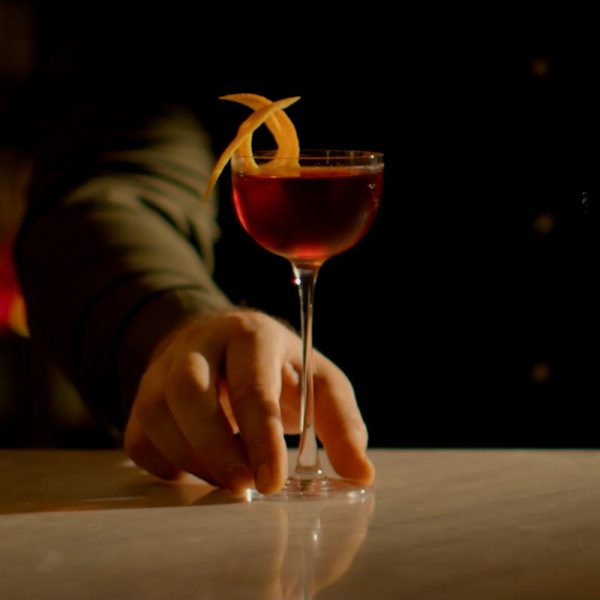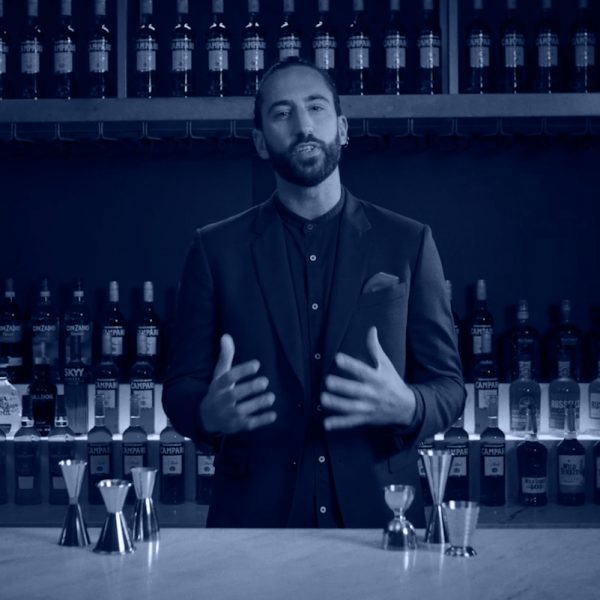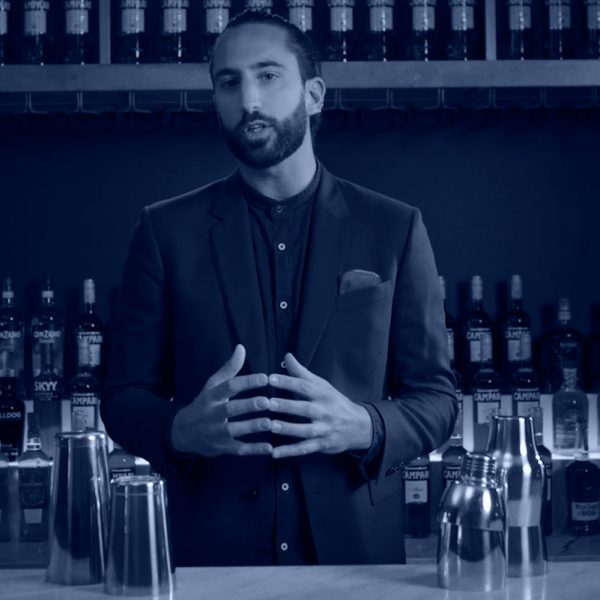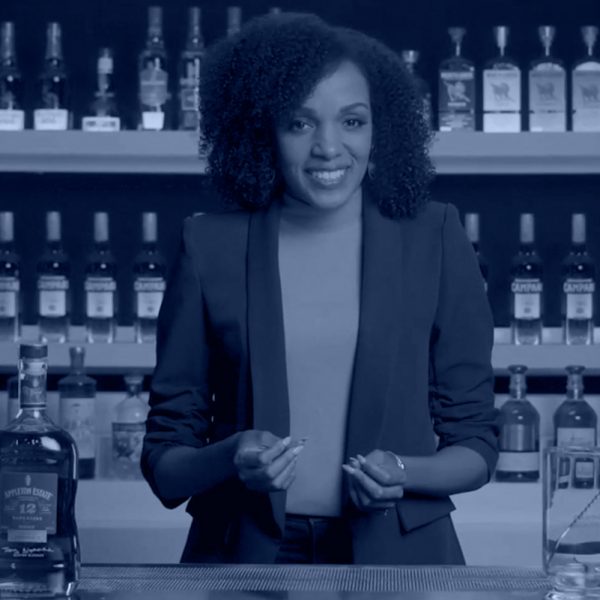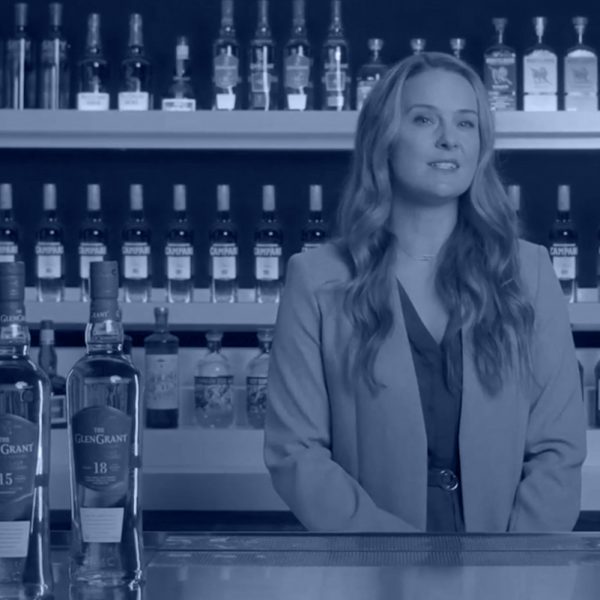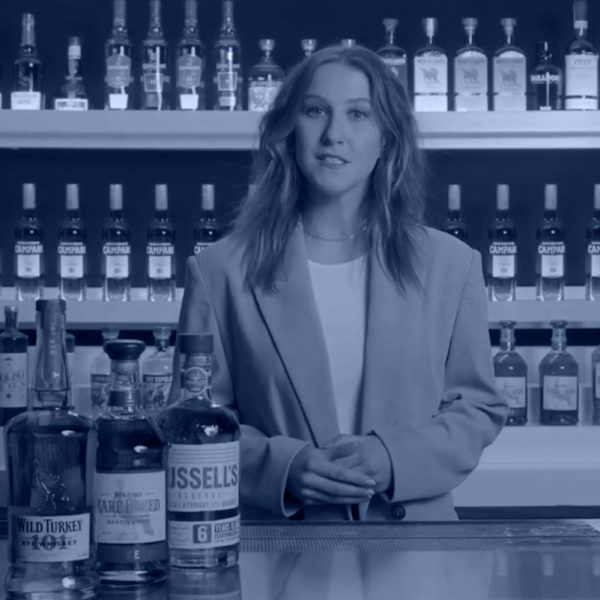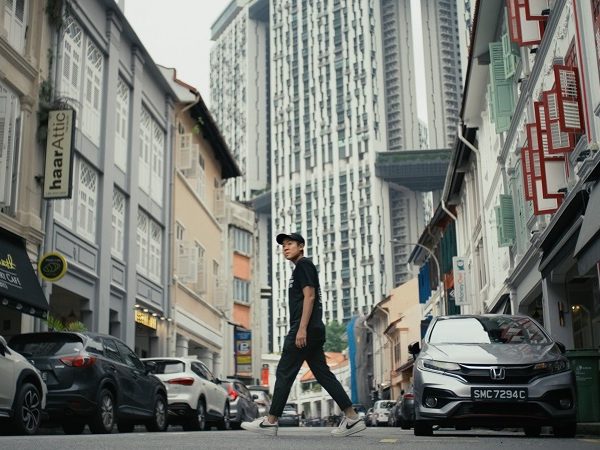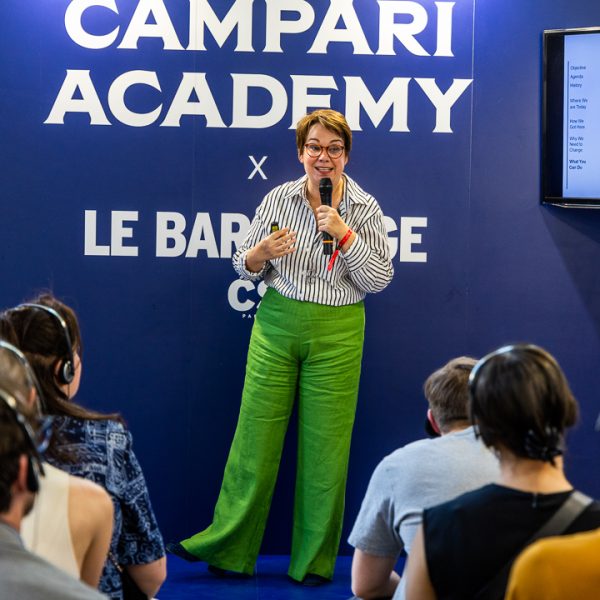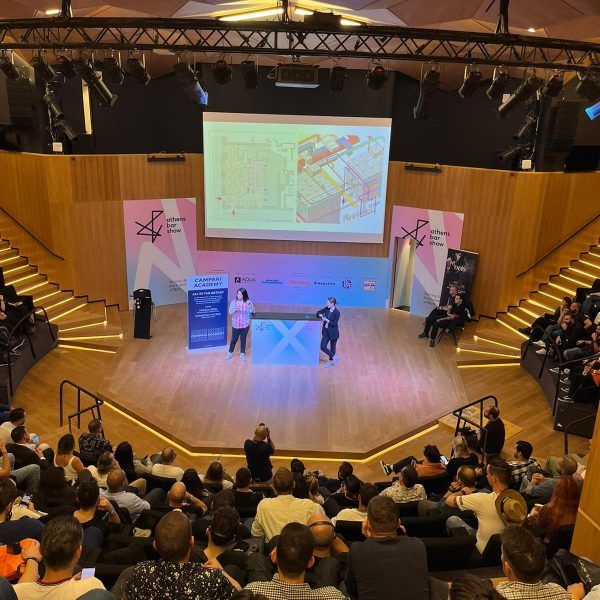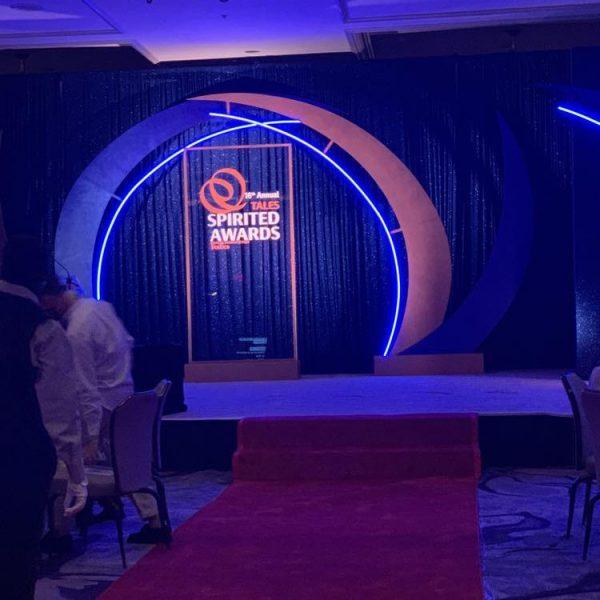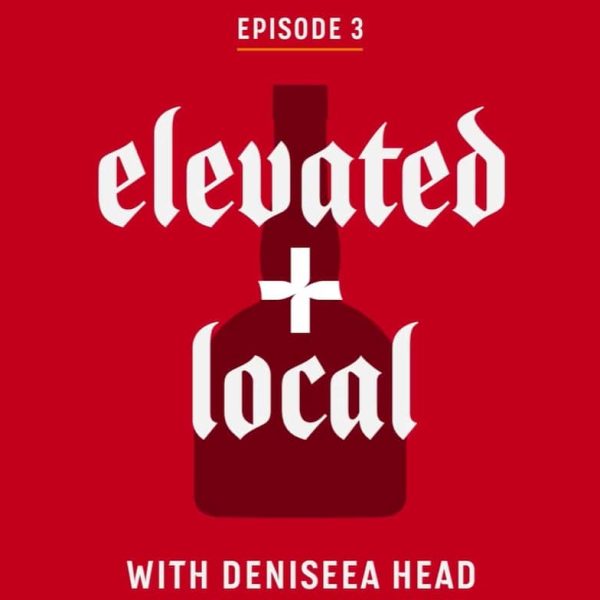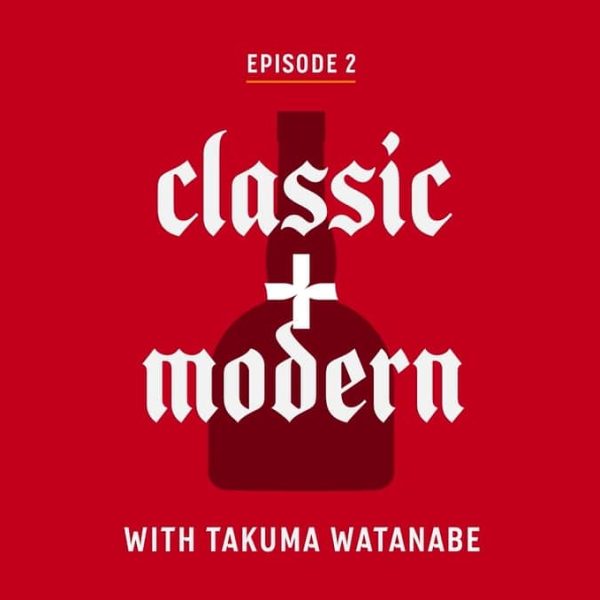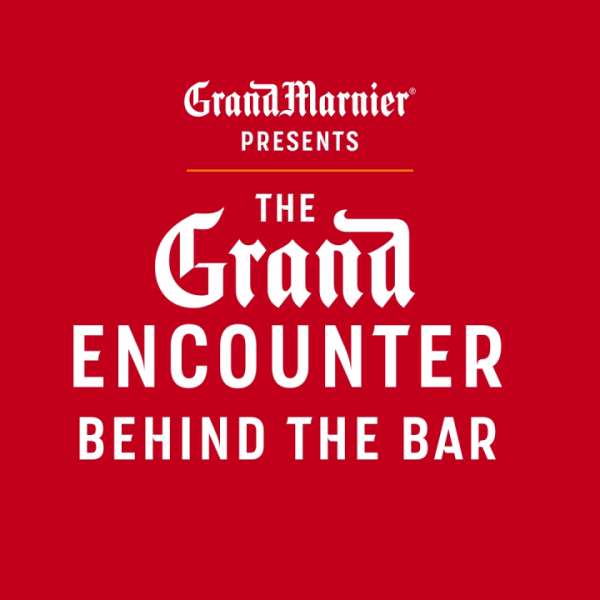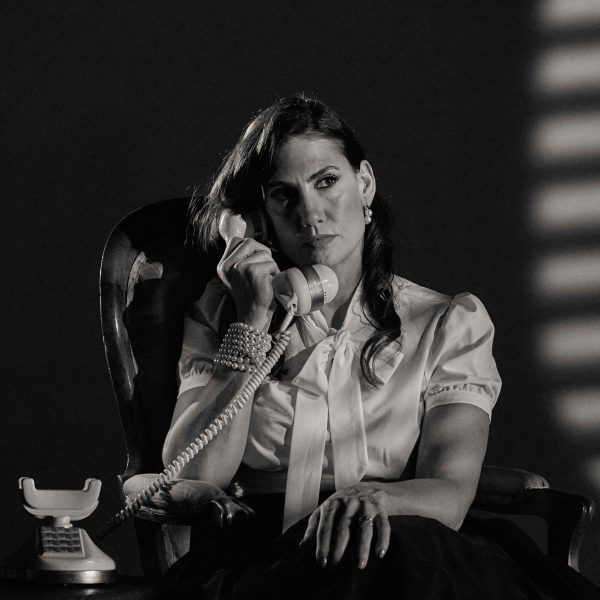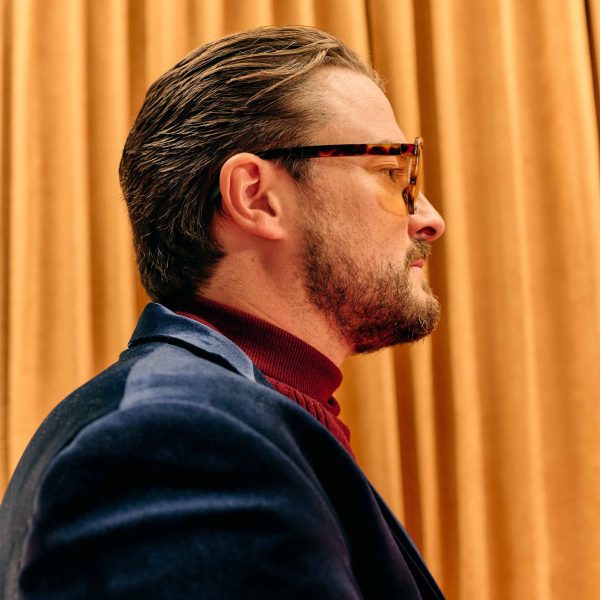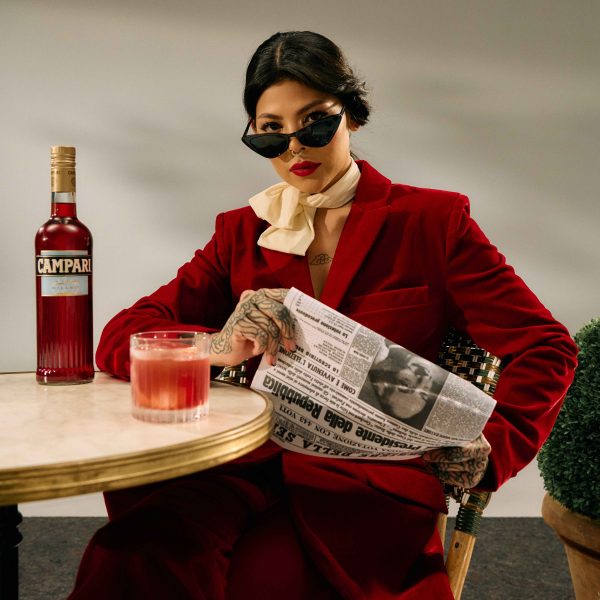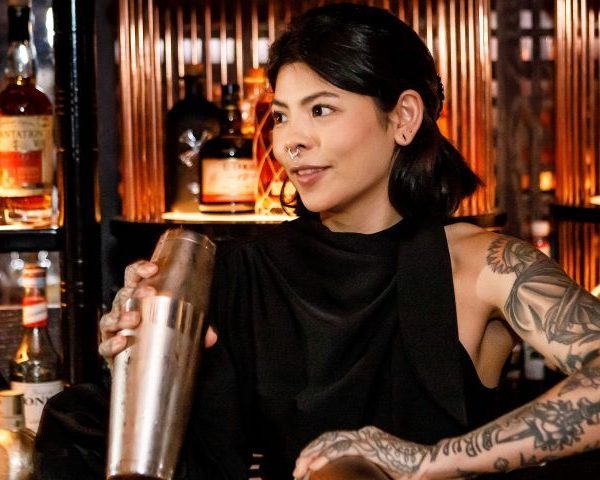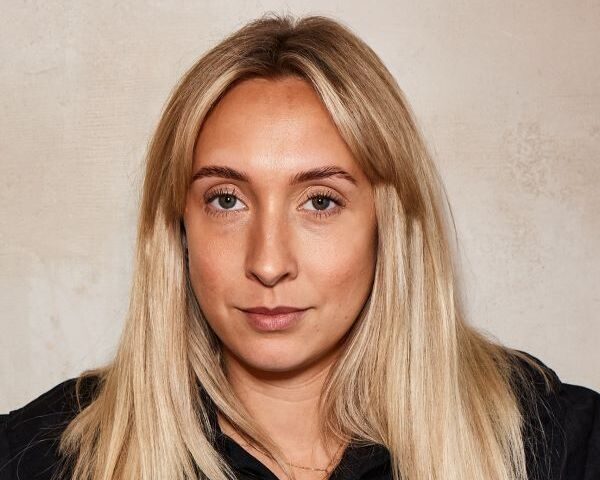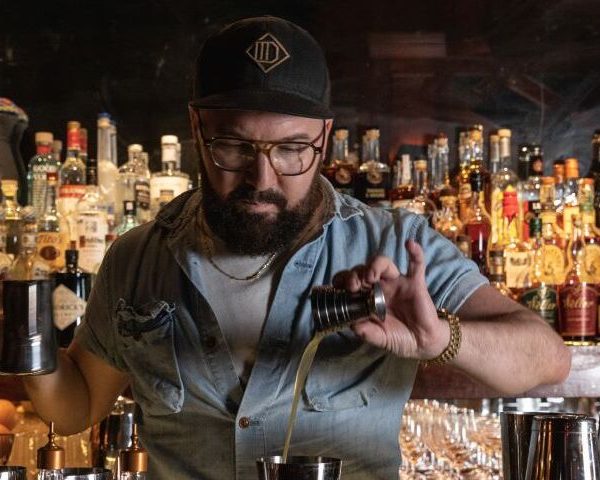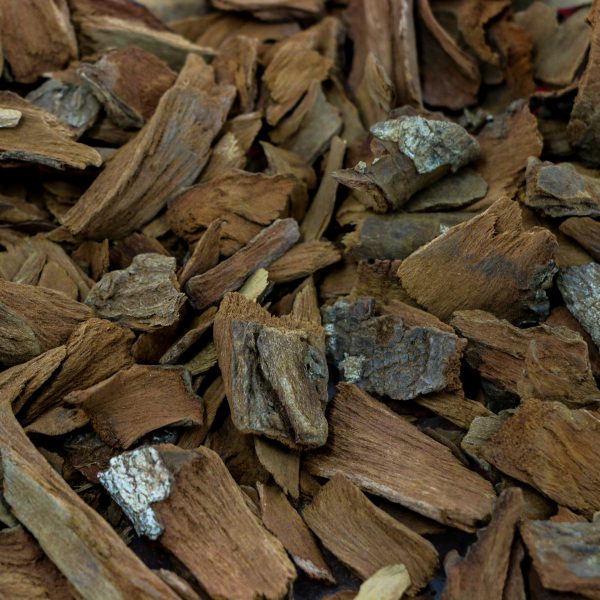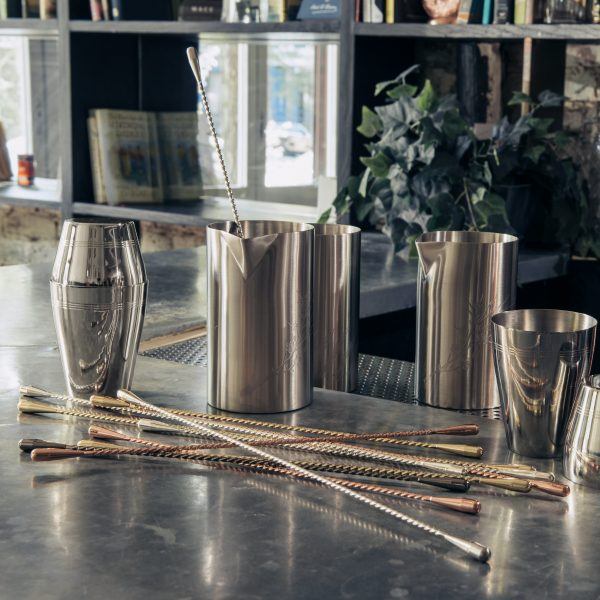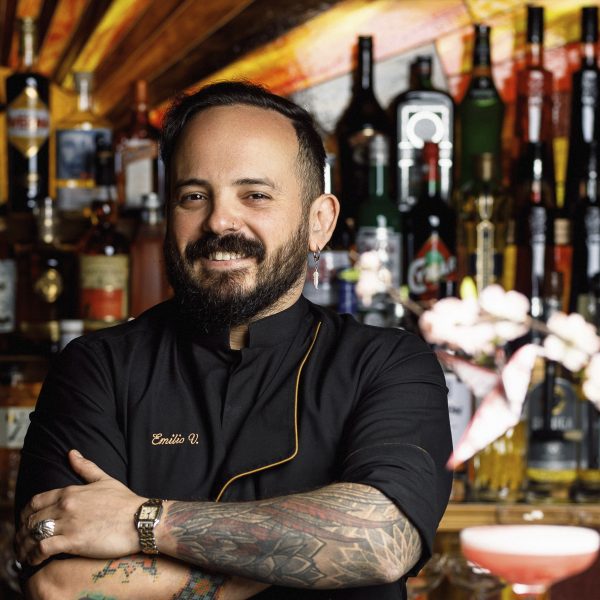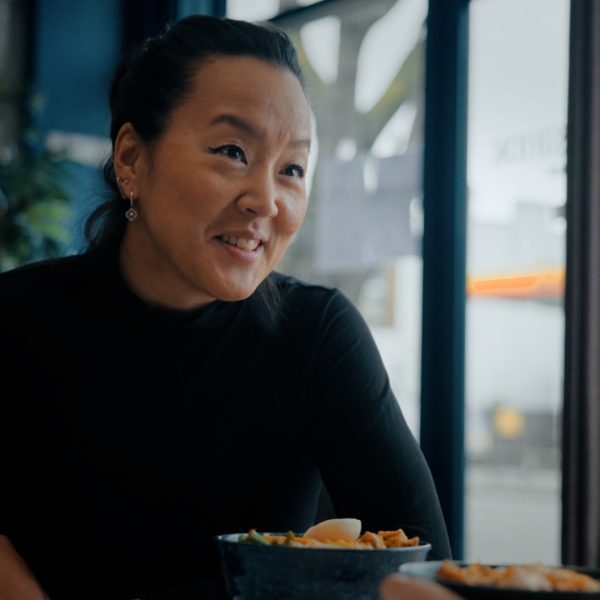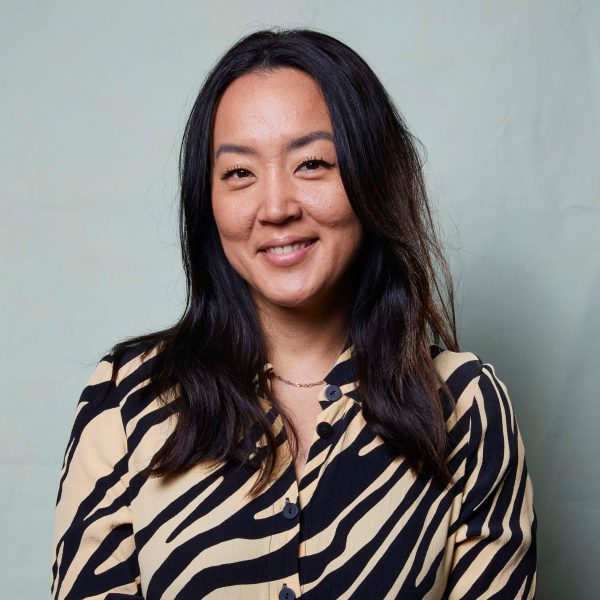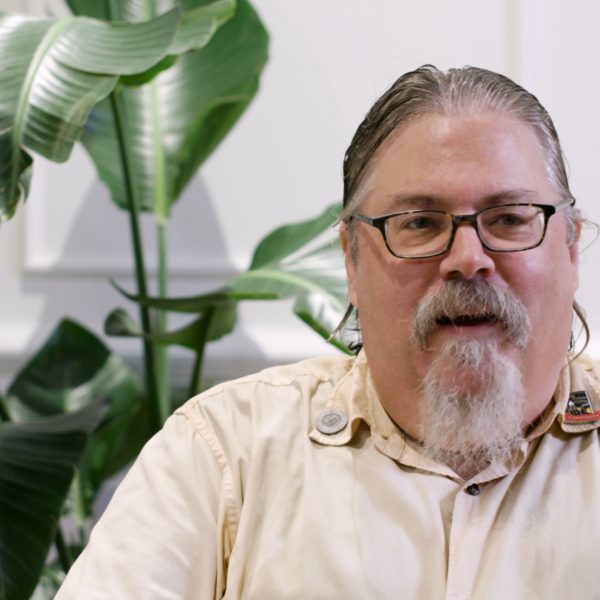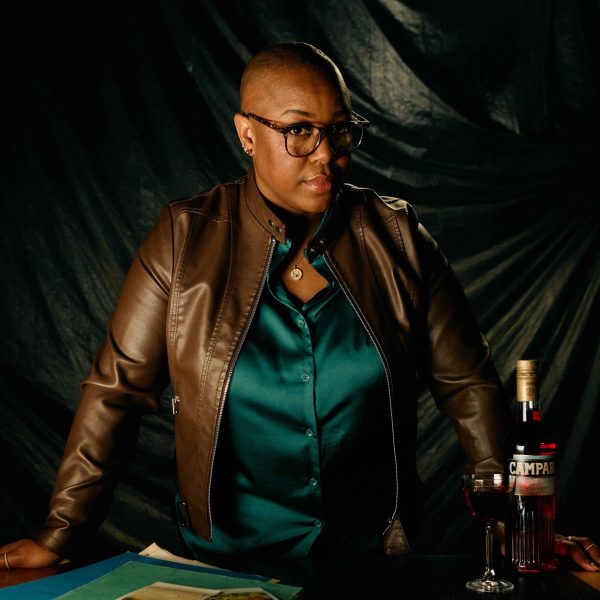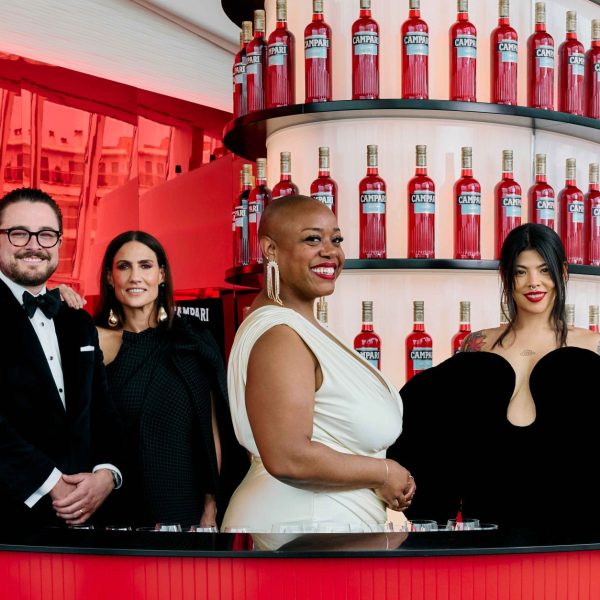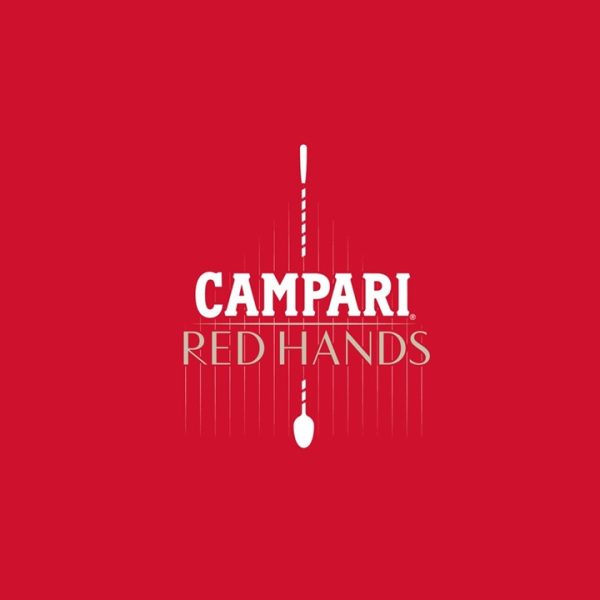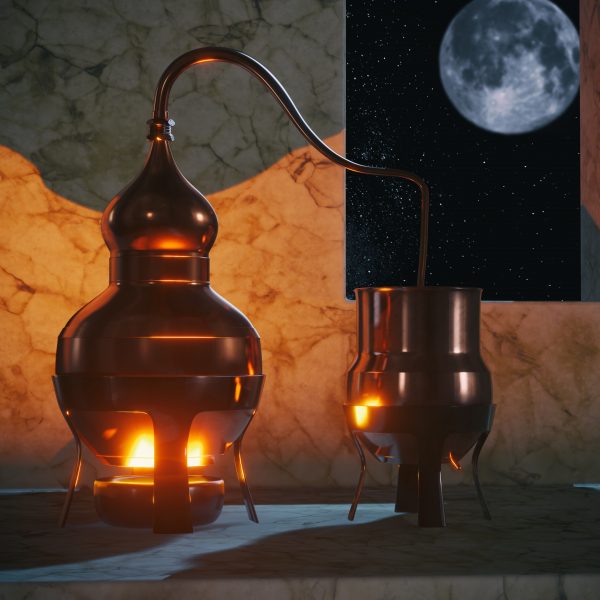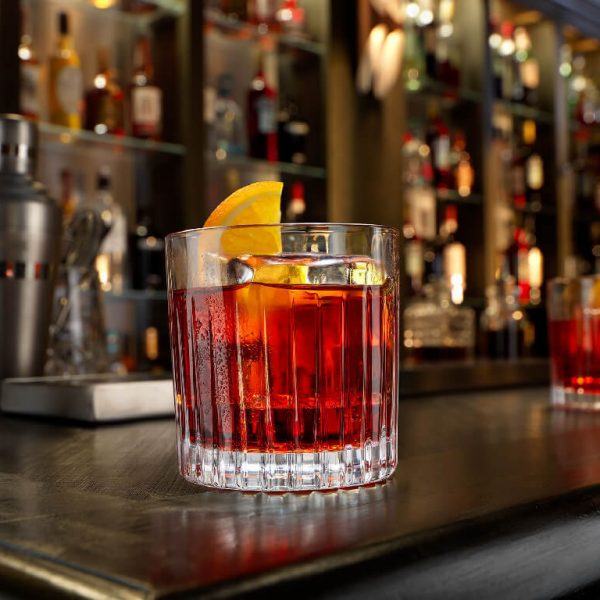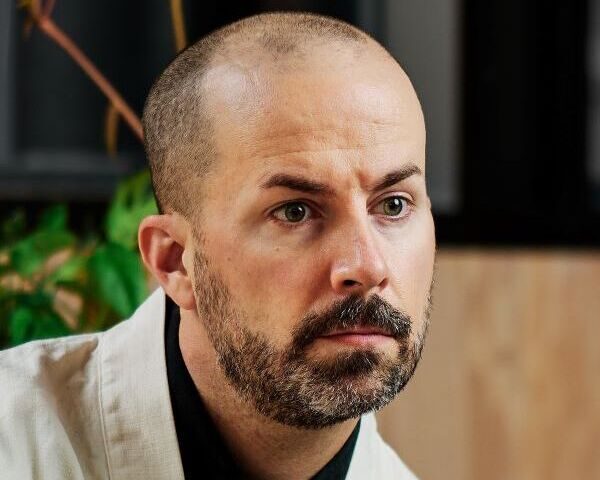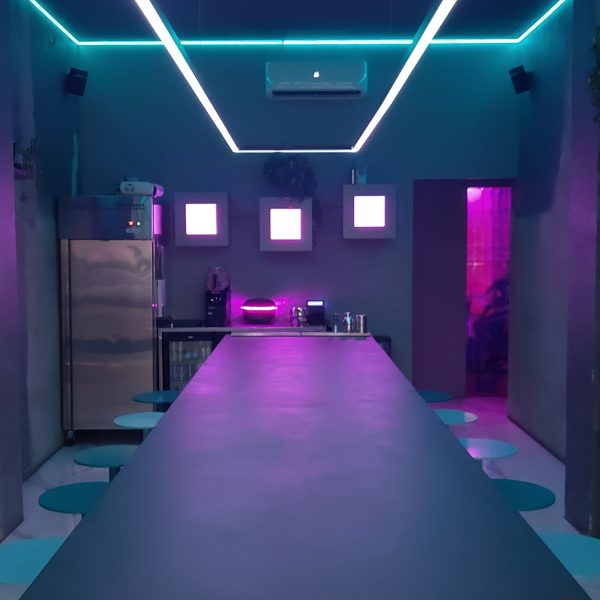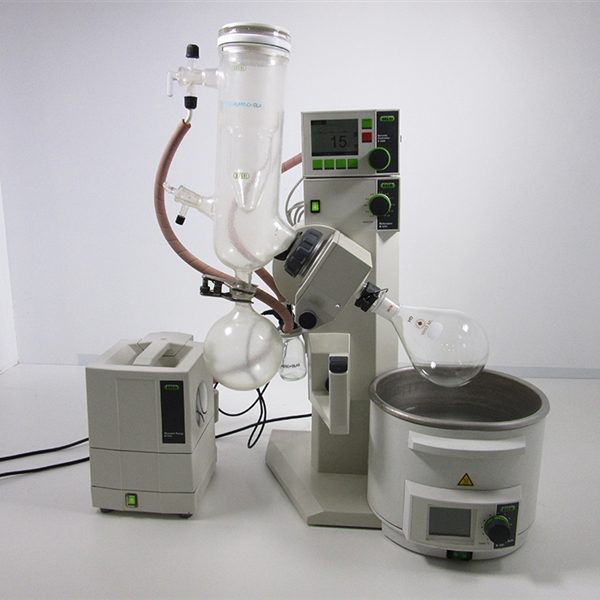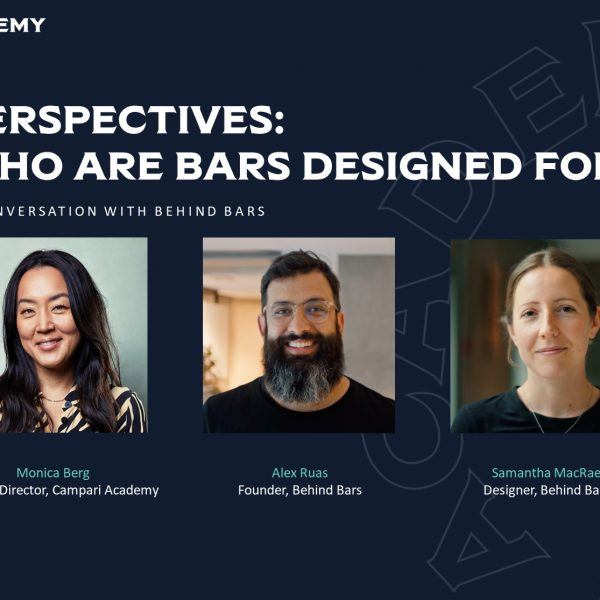Millie Tang on being a bartender-photographer
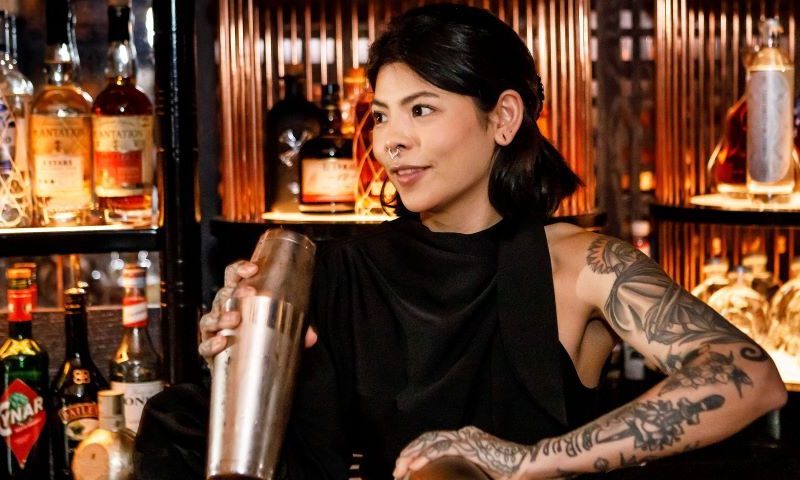
Whether behind the camera or the bar, Brisbane-based Millie Tang channels her creativity to create art that stands out. She explains how her two passions collide
For as long as I can remember, I’ve been a creative and very visual person. I drew and wrote stories as a child, leaned heavily into art as a teenager and when my mum purchased our family’s first digital camera, it was the very first time in my life that I could answer the question, ‘What do you want to be when you grow up?’ To this day I still don’t know why photography resonated with me so much but it has led me to a place of career expectation beyond anything I could have hoped.
I started bartending to free up days to pursue photography. Having picked up a camera for the first time in high school, I wanted to be a portrait and fashion photographer and began shooting my friends and amateur models to practice. After I got my first bartending job, I struggled to maintain an equal focus across both industries until I started experimenting with drinks photography years later. At the time, fashion photography was a highly competitive industry, and my style was not commercially appealing or mainstream.
The purchas our family’s first digital camera, was the very first time in my life that I could answer the question, ‘What do you want to be when you grow up?’
In 2017 I took on a dual role for a small bar that opened in Brisbane that had a heavy focus on socials. I was the venue and operations manager as well as the content and social media manager. At this time brands rarely hired photographers and videographers for events or activations and the industry was not very active on Instagram.
My real start in professional photography in hospitality came in 2018 when I began shooting content for bars in Brisbane as well as events and activations for brands. I earned next to nothing due to non-existent budgets and the emerging nature of this tier of work, but it gave me a tonne of practice and experience and helped me form relationships within the industry as a creative and not just a bartender.
The three-month marketing campaign required by Bacardi Legacy national finals was another catalyst. I built a brand and shot all content for my drink which led to a lot of interest after the competition was over.
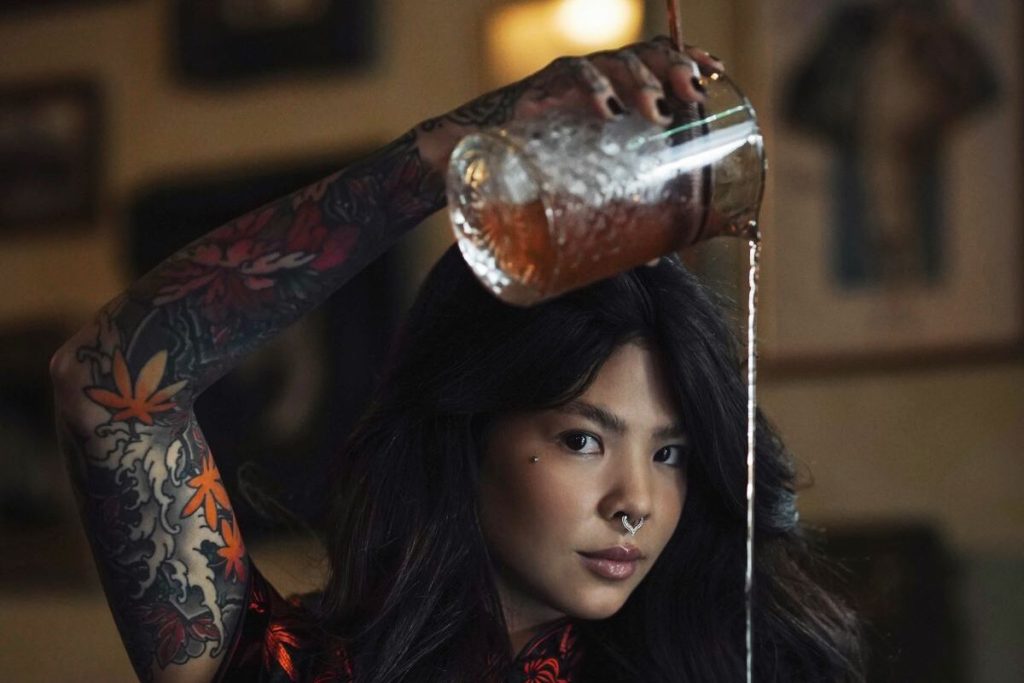
When the pandemic broke out and Australia locked down, I was well positioned as brands looked to bolster their online presence and engage creators for user-generated content. At my busiest, photography/videography accounted for 70% of my income, with the nature of my freelance engagements having now shifted to more talent-based enquiries [guest shifts, brand partnerships, campaigns etc.
The bulk of my photographic commissions is made up of commercial brand photography for online content, print and online advertising, shooting for bars and restaurants capturing drinks, food, staff portraits, service and space, industry events and generating content for social media-based commissions. My portfolio also includes weddings, portraits, fashion and travel.
Being multi-skilled increases your value as both an employer and as an individual. I’m unsure if photography has directly furthered my bartending career but it’s certainly helped my visibility in the industry and in other ways. Without it, I would not have grown as efficiently on social media, I would not have content retainers or extra work and income which has allowed me the freedom to travel regularly. I would not have met so many of the wonderful people I have met through photography or been offered wonderful opportunities like documenting the Spritz Me To Venice winner’s trip to Italy for Aperol in 2023.
Being multi-skilled increases your value as both an employer and as an individual
I’ve been able to create my own content for competition entries, headshots, socials etc, and the greater scope as a creative has allowed me to expand into creative direction and ideation for brands and venues. Creative direction is what I’ve been most passionate about and pushing forward with in the last year.
I love to draw from movies, books, music and pop culture for inspiration in both drink making and photography. Both photography and bartending exist within the fabric of creative expression. What informs both may not be so obvious and differ from person to person. Understanding aperture, ISO and focal length may never impress upon the drinks you make or the customers you serve. But studying and understanding light, colour, styling, location scouting/dressing, perception, timing, storytelling and where you look for inspiration can inform and have a huge impact on both. Light is the most crucial element of photography to understand. Vice versa, light is one of the most crucial elements of a venue.
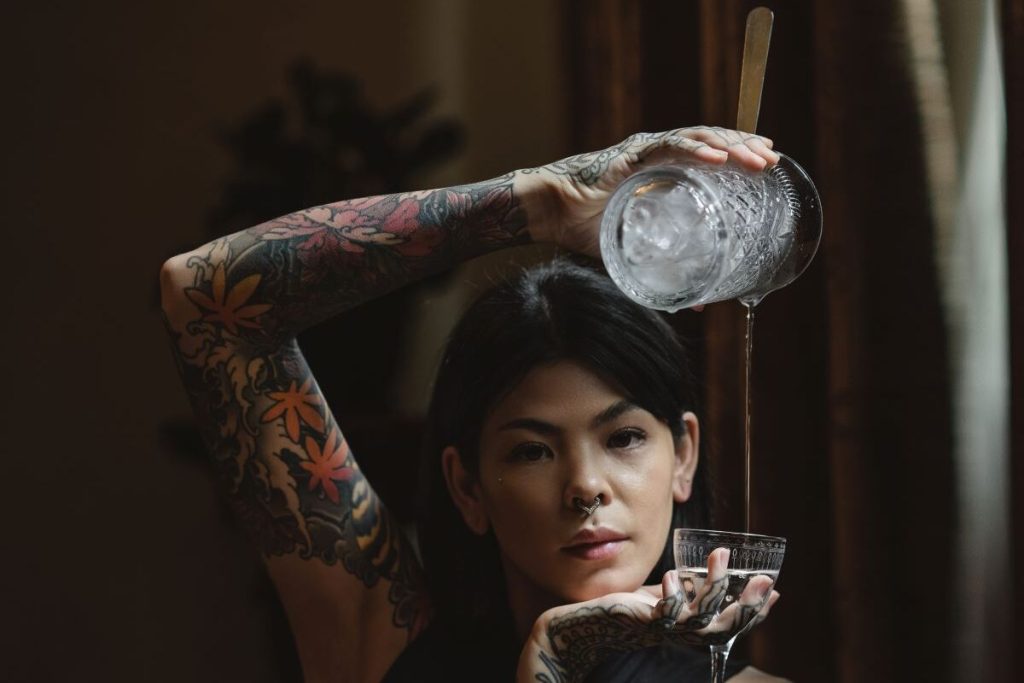
Just because a photographer has hospitality experience doesn’t mean they’ll capture great images for bars and bartenders. Just like how knowing how to make a Margarita doesn’t make you a great bartender. However, some of the most frustrating things can come from working with photographers with little or no hospitality experience, like not picking up on issues with drink presentation and capturing awkward or non-moments in drink-making and service etc. With social media continuing to accelerate our desensitisation to content, even good content, it’s never been more important to produce work that stands out or says something

